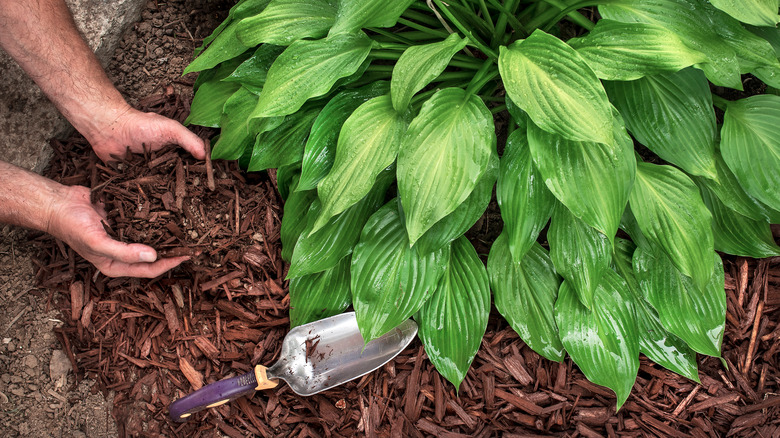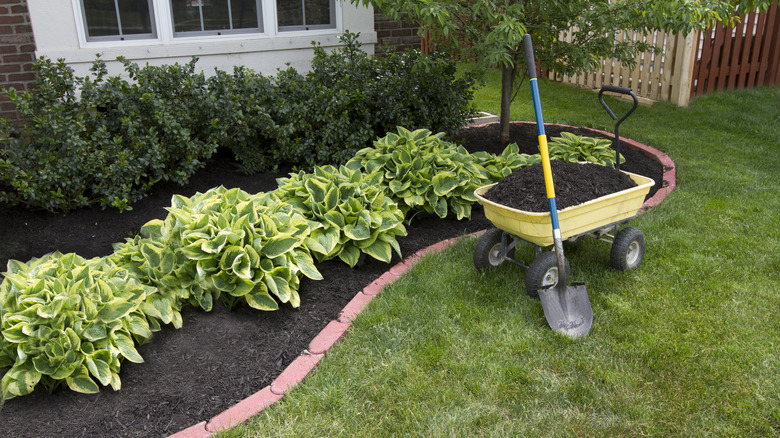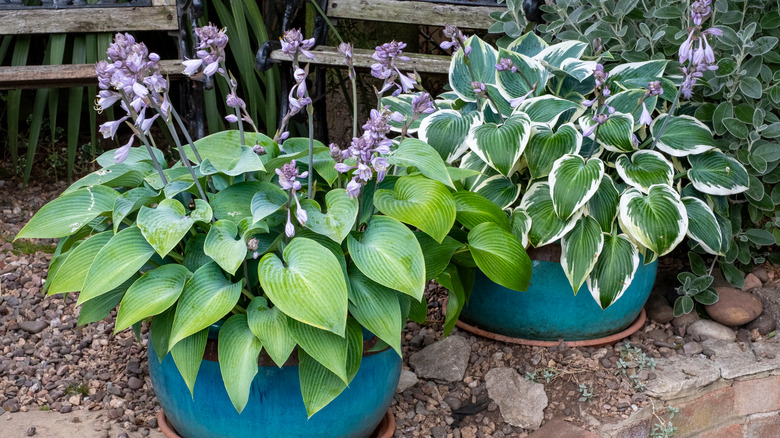How To Take Care Of Your Hosta During An Extreme Heat Wave
Gardeners looking to create peaceful and captivating outdoor areas often choose hostas for their flourishing and vibrant leaves. These plants are perfect for shaded environments, making them a great addition to any garden landscape. However, their preference for shade also makes them susceptible to extreme heat. During a heatwave, these once hardy and stunning plants can rapidly succumb to stress, leaving you concerned for their survival.
During the hot summer months, successfully caring for hosta plants can be challenging. However, this is also an opportunity to protect your plants proactively. With careful planning and attention, you can ensure that your hostas thrive, even in the heat. It's essential to water them carefully to keep them hydrated, especially in high temperatures. Utilizing shading techniques can also help to prevent heat stress. By understanding the needs of your hostas and providing them with the appropriate care and protection, they can flourish even in extreme heat.
Defending hostas against the heat
Hydration is your plant's first line of protection against hot weather. By providing your hostas with deep watering, you are ensuring optimal root moisture and promoting healthy growth. Consistent monitoring of soil moisture levels (a moisture meter can be helpful) is crucial to prevent overwatering or underwatering. Consider using drip irrigation systems or soaker hoses to minimize water loss caused by evaporation and protect your plants. Adjust watering times to the early morning for your hostas in extreme heat, and water at the base to avoid fungal diseases and unnecessary water loss.
Mulching is another effective way to prevent heat stress for plants. Organic materials like wood chips or shredded leaves act as a barrier, retaining soil moisture and stabilizing soil temperature. Apply a layer around the plant's base, but leave a small gap to allow adequate airflow. It is important to use mulch to retain moisture, but be vigilant for signs of mold or fungal growth. If you see any, remove the affected mulch and replace it with fresh material.
Other proactive measures
Shade cloth can also protect your hostas from the sun's harsh rays. Place it over the plants at strategic locations, particularly during the peak hours of sunlight. For potted hostas, position them in areas that receive partial shade or use a movable umbrella to shield them from direct sunlight. And as with any gardening endeavor, flexibility is critical. Be prepared to implement temporary shade structures or use additional shading techniques to provide immediate relief to your hostas if needed. You can use old bed sheets, bamboo screens, or even patio umbrellas to shield your hostas during the most intense heat.
It's important to keep a close eye on the health of your hostas during prolonged heat waves and watch out for any signs of stress or damage, like dried foliage or disease. Catching issues early on will allow you to intervene promptly and prevent any irreversible damage to your plants. Remember that different types of hostas may have varying levels of heat tolerance, so paying attention to each plant's unique requirements is essential.


